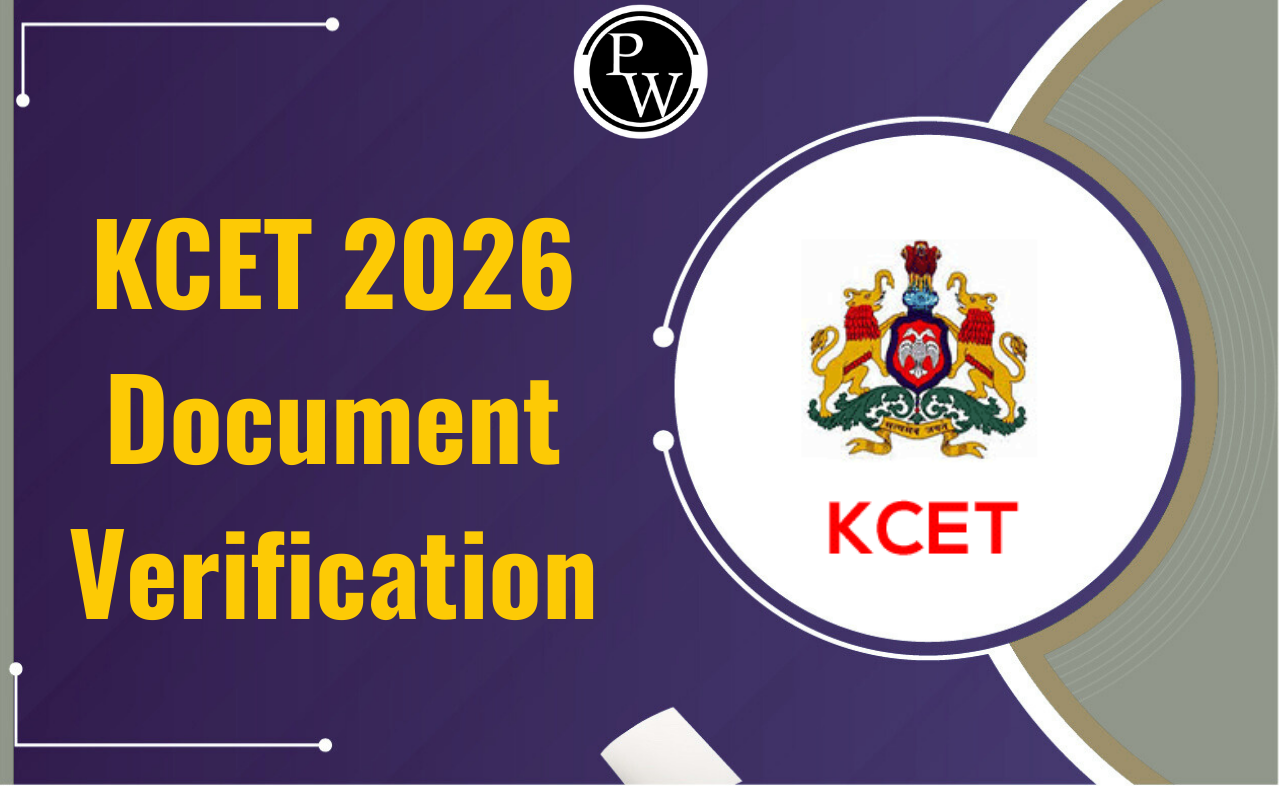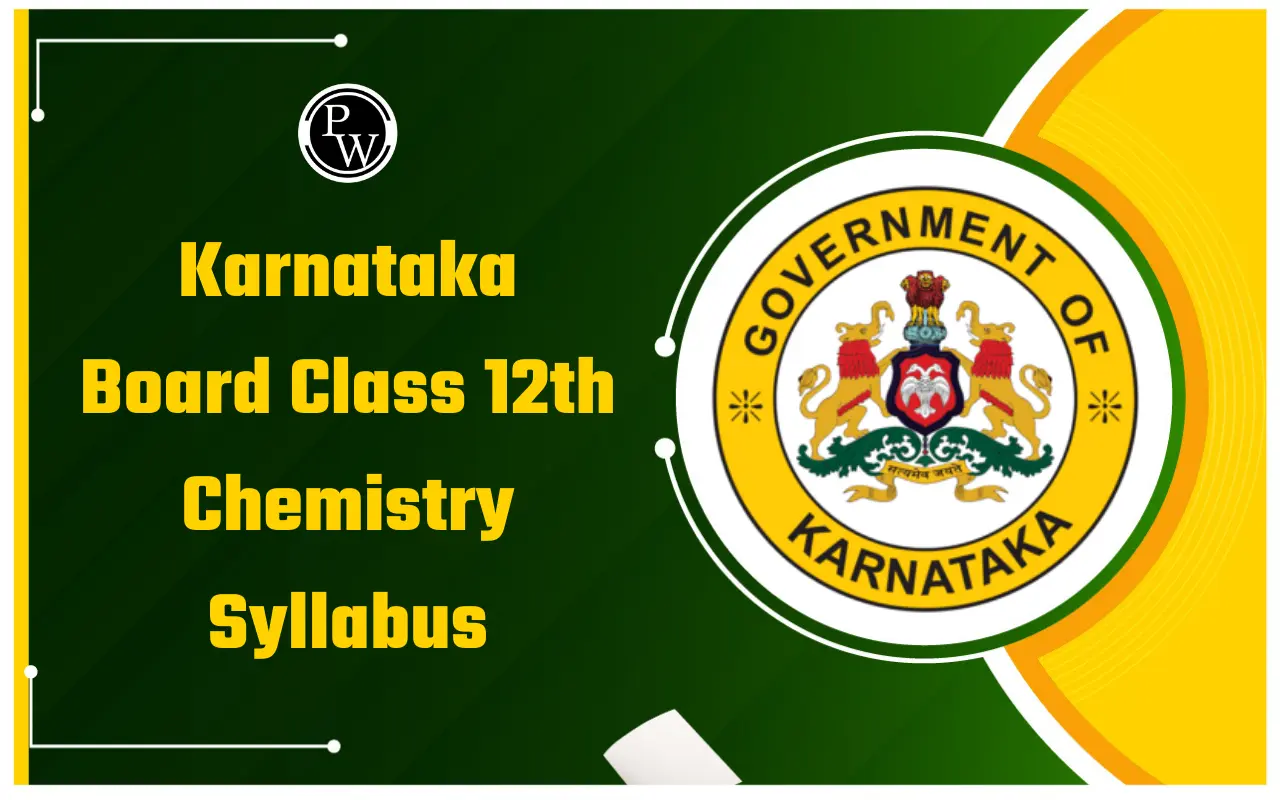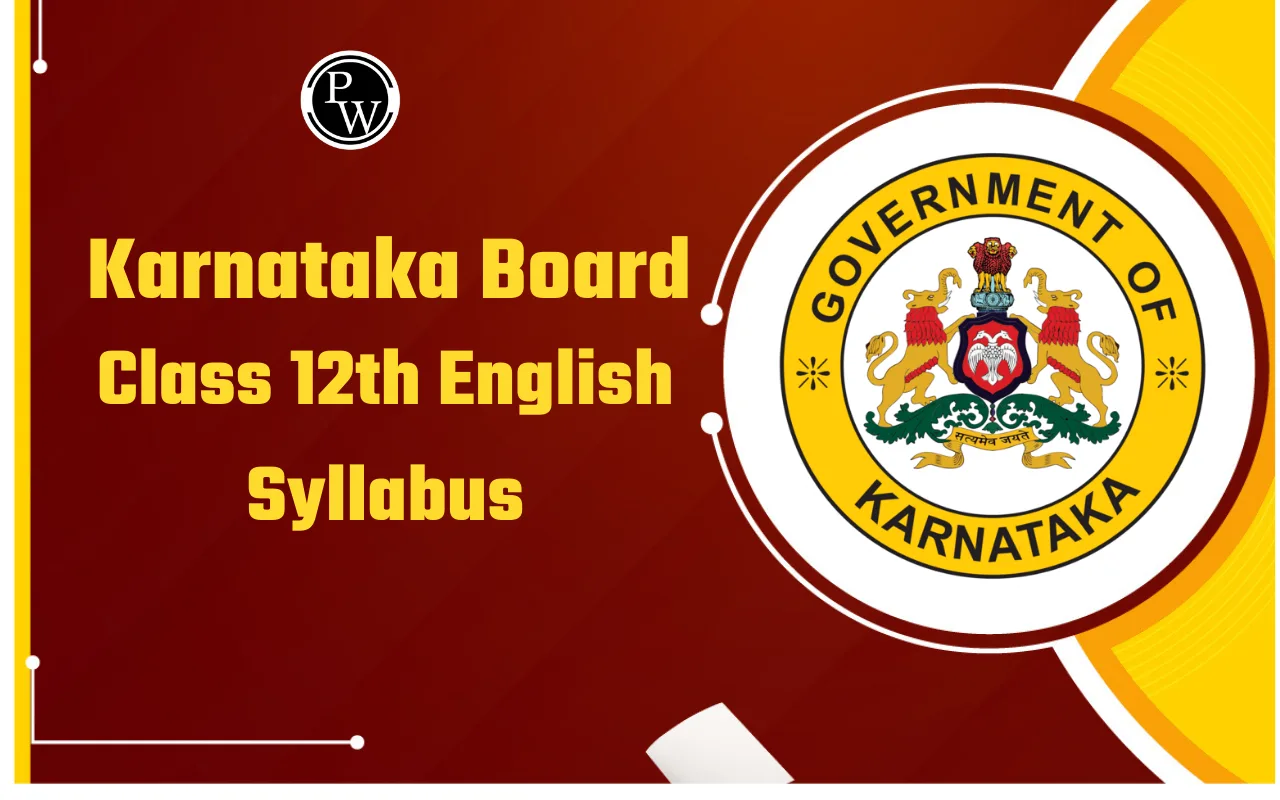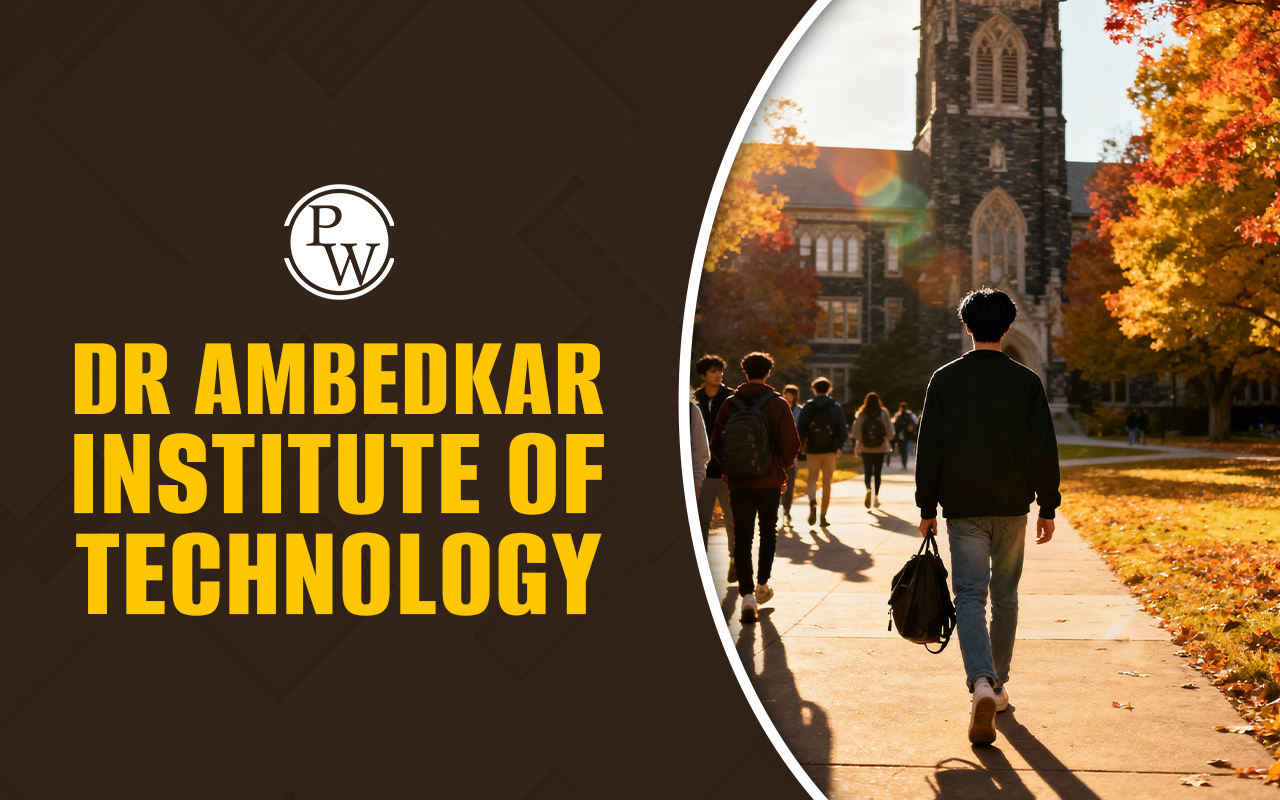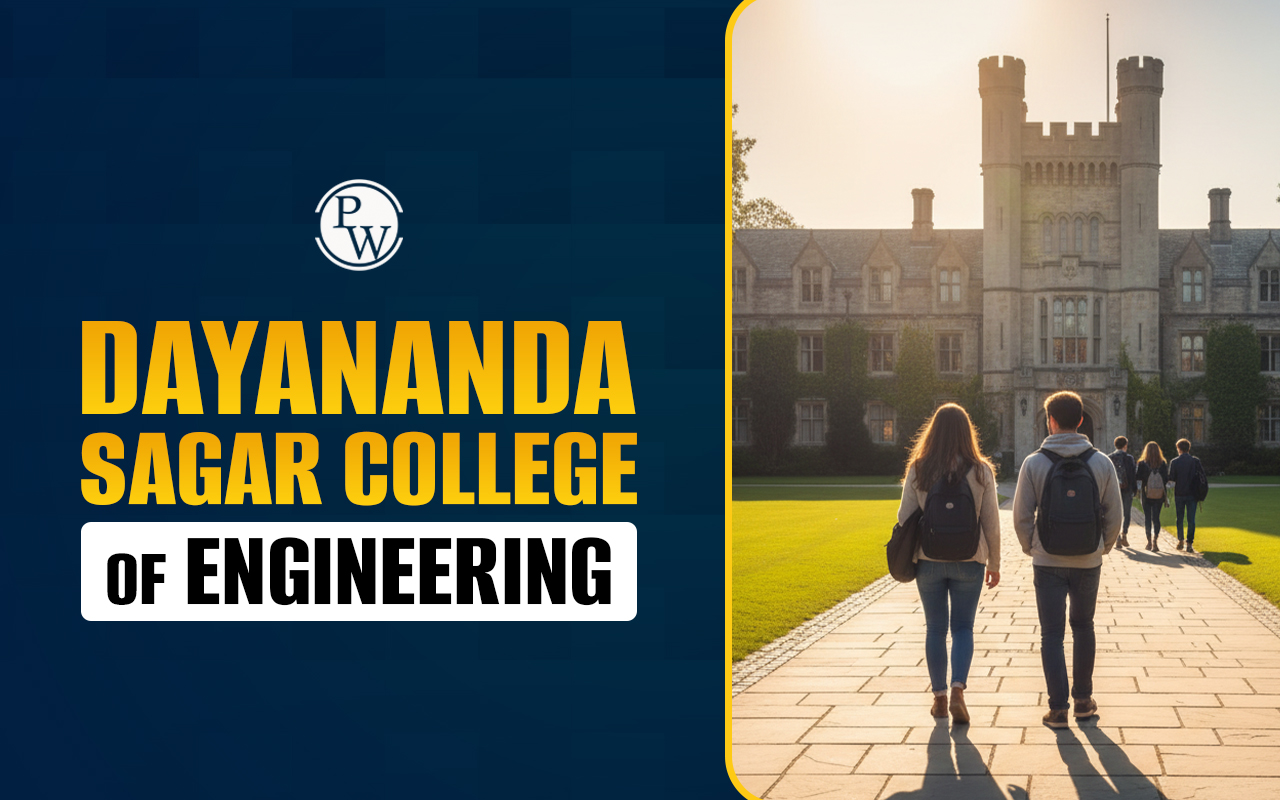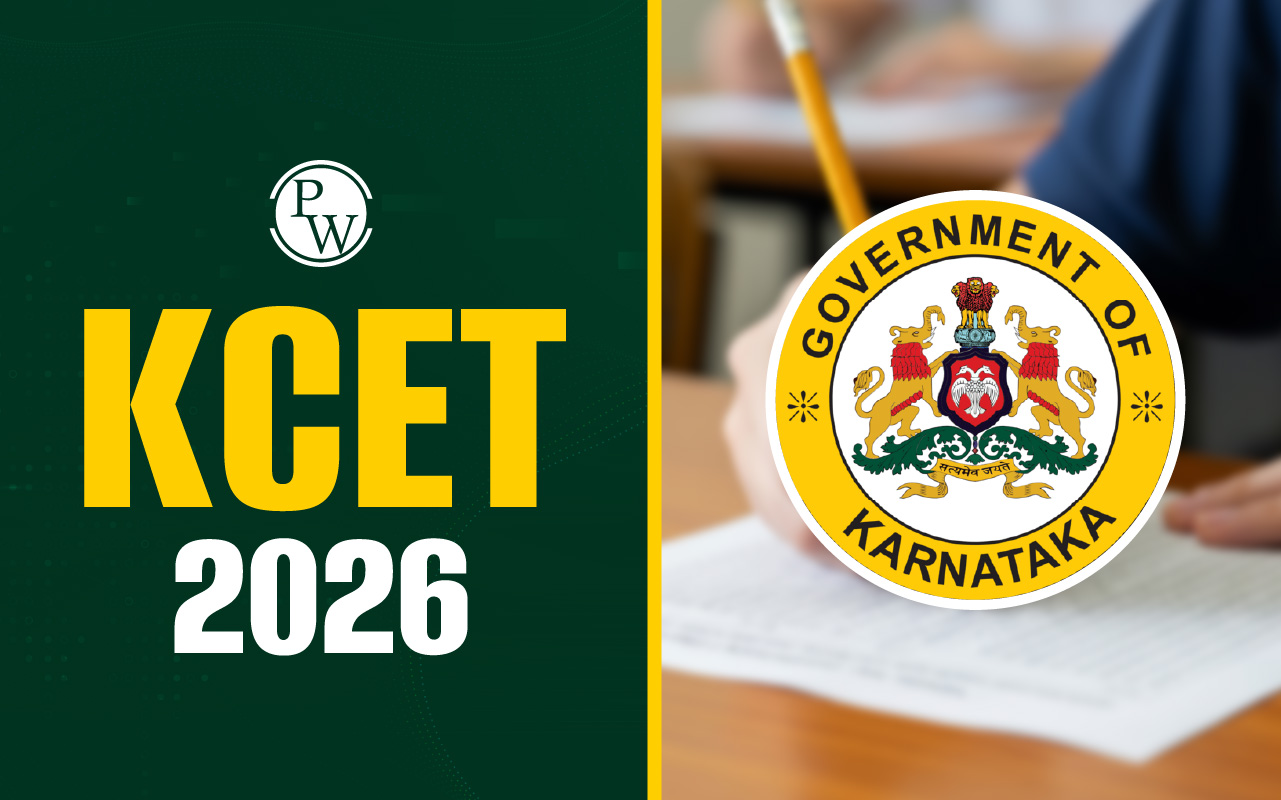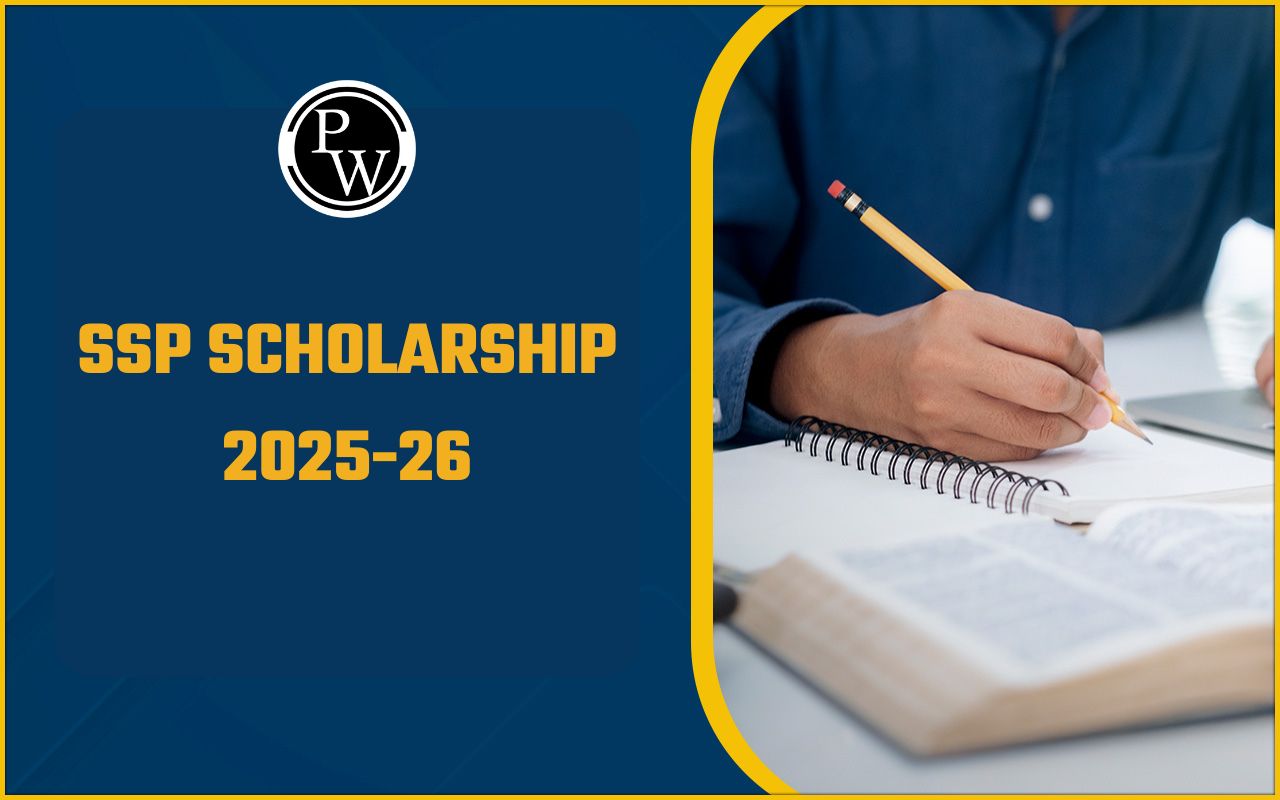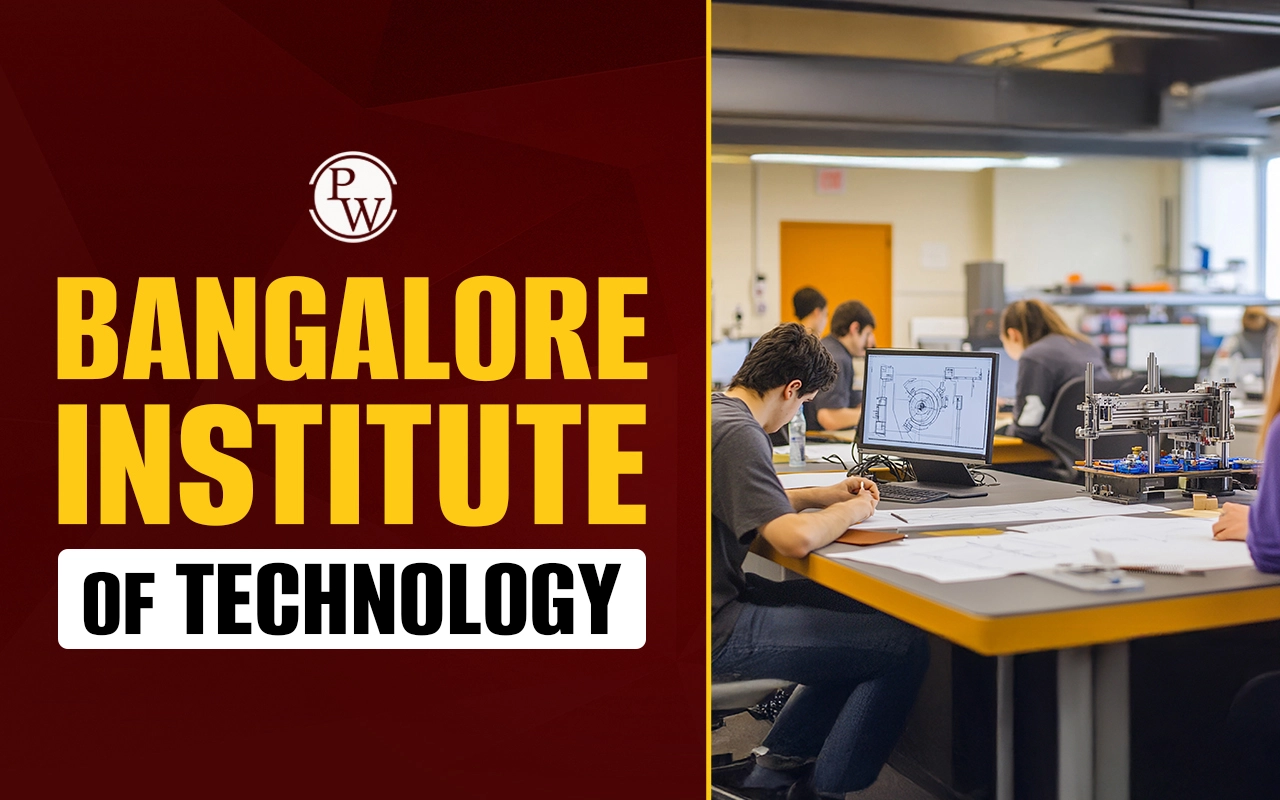
Karnataka Board Class 11th Maths Syllabus 2024-25 is essential for students aiming to build a strong foundation in mathematics. The syllabus includes important topics covered in the Karnataka Board textbook for Maths, which students can easily access.
To assist in preparation, 1st PUC Maths Books are available to download PDF free online, making it convenient for students. The Karnataka Board Class 11th Syllabus 2024-25 includes chapters on various concepts aligned with the 1st PUC exam pattern. The Karnataka state board Maths book ensures students grasp key concepts, providing a comprehensive guide for the Maths book for 1st PUC.Karnataka Board Class 11th Maths Syllabus 2024-25 Overview
Karnataka Board Class 11th Maths Syllabus 2024-25 has been discussed here in details, students are suggested to go through all the details and prepare well for the upcoming exams.| Karnataka Board Class 11th Maths Syllabus 2024-25 Overview | |
|---|---|
| Overview | Details |
| Exam Name | Karnataka 1st PUC Examination 2024-25 |
| Conducting Body | Department of Pre-University Education, Karnataka |
| Exam Date (Expected) | March 2025 |
| Total Marks Allotted | 100 Marks (Math section) |
| Total Number of Chapters | 16 |
| Total Deleted Topics | Several topics across chapters (Refer to deleted syllabus) |
Karnataka Board Class 11th Maths Syllabus 2024-25
Karnataka Board 1st PUC Maths syllabus for 2024-25 offers a comprehensive approach to core mathematical concepts. It covers important topics found in the Karnataka Board textbook for Maths, ensuring students develop a solid foundation. The syllabus provides a well-structured guide for the Karnataka Board 1st PUC exam pattern. Detailed information on the syllabus is provided below| Karnataka Board Class 11th Maths Syllabus 2024-25 | |
|---|---|
| S. No. | Topic |
| 1 | Sets |
| 2 | Relations and Functions |
| 3 | Trigonometric Functions |
| 4 | Principle of Mathematical Induction |
| 5 | Complex Numbers and Quadratic Equations |
| 6 | Linear Inequalities |
| 7 | Permutations and Combinations |
| 8 | Binomial Theorem |
| 9 | Sequences and Series |
| 10 | Straight Lines |
| 11 | Conic Sections |
| 12 | Introduction to Three-Dimensional Geometry |
| 13 | Limits and Derivatives |
| 14 | Mathematical Reasoning |
| 15 | Statistics |
| 16 | Probability |
Karnataka Board Class 11th Maths Syllabus 2024-25 Deleted Topics
Certain topics have been excluded from the Karnataka Board Class 11th Maths syllabus for 2024-25 to streamline the curriculum. These deleted sections will not appear in the exam and are not included in the Karnataka state board Maths book. The complete list of deleted topics is provided below.| Karnataka Board Class 11th Maths Syllabus 2024-25 Deleted Topics | ||
|---|---|---|
| Chapter | Page No. | Dropped Topics/Chapters |
| Chapter 1: Sets | 12–13 | 1.7 Power Set, Exercise 1.3, Ques. 5 |
| Chapter 1: Sets | 21–23 | 1.12 Practical Problems on Union and Intersection of Two Sets |
| Chapter 1: Sets | 24–26 | Exercise 1.6, Examples 31–34, Ques. 6–7 (Miscellaneous Exercise) |
| Chapter 1: Sets | 27 | Ques. 13–16 (Miscellaneous Exercise), Last Point in the Summary |
| Chapter 1: Sets | 28 | Last Point in the Summary |
| Chapter 3: Trigonometric Functions | 74–78 | 3.5 Trigonometric Equations (up to Exercise 3.4) |
| Chapter 3: Trigonometric Functions | 84 | Last five points in the Summary |
| Chapter 4: Principle of Mathematical Induction | 86–96 | Full Chapter |
| Chapter 5: Complex Numbers | 106–109 | 5.5.1 Polar Representation of a Complex Number, 5.6 Quadratic Equation, Example 11 and Exercise |
| Chapter 5: Complex Numbers | 110–113 | 5.3 Examples 13, 15, 16, Ques. 5–8, 9, 13 (Miscellaneous Exercise) |
| Chapter 5: Complex Numbers | 114 | Last three points in the Summary |
| Chapter 5: Complex Numbers | 474–475 | 5.7 Square-root of a Complex Number |
| Chapter 6: Linear Inequalities | 123–133 | 6.4 Graphical Solution of Linear Inequalities in Two Variables, 6.5 Solution of System of Linear Inequalities in Two Variables, Last three points in the Summary |
| Chapter 8: Binomial Theorem | 167–176 | 8.3 General Middle Terms, Example 17, Ques. 1–3, 8 (Miscellaneous Exercise), Last two points in the Summary |
| Chapter 9: Sequences and Series | 181–201 | 9.4 Arithmetic Progression (A.P.) (up to Exercise 9.2), 9.7 Sum to n terms of Special Series, Examples 21, 22, 24, Ques. 1–6, 12, 15, 16, 20, 23–26 (Miscellaneous Exercise), Point 3 and 4 in the Summary |
| Chapter 10: Straight Lines | 210–235 | 10.2.4 Collinearity of Three Points (Examples 4–5, Ques. 8, 13–14 in Exercise 10.1), 10.3.6 Normal Forms, Ques. 8 in Exercise 10.2, 10.4 General Equation of a Line, Ques. 3 in Exercise 10.3, Ques. 2 (Miscellaneous Exercise), Fourth Last Point in the Summary, 10.6 Equation of Family of Lines Passing Through the Points of Intersection of Two Lines, 10.7 Shifting of Origin |
| Chapter 11: Conic Sections | 248 | 11.5.2 Special Cases of an Ellipse |
| Chapter 12: Introduction to Three Dimensional Geometry | 273–280 | 12.5 Section Formula, Exercise 12.3, Ques. 4 and 5 (Miscellaneous Exercise), Last Three Points in the Summary |
| Chapter 14: Mathematical Reasoning | 321–346 | Full Chapter |
| Chapter 15: Statistics | 372–381 | 15.6 Analysis of Frequency Distribution, Ques. 6 (Miscellaneous Exercise), Last Point in the Summary |
| Chapter 16: Probability | 383–410 | 16.1 Introduction, 16.2 Random Experiment, First Two Points in the Summary |
Karnataka Board Class 11th Maths Syllabus 2024-25 Chapterwise Weightage
The 1st PUC syllabus includes chapterwise weightage that highlights the most important topics for the 2024-25 exams. Understanding the chapterwise distribution will help students focus on high-priority areas from the Maths book for 1st PUC. Detailed chapterwise weightage is given below.| Karnataka Board Class 11th Maths Syllabus 2024-25 Chapterwise Weightage | ||
| Chapter No. | Content | Marks |
| 1 | SETS | 8 |
| 2 | RELATIONS AND FUNCTIONS | 11 |
| 3 | TRIGONOMETRIC FUNCTIONS | 19 |
| 4 | PRINCIPLE OF MATHEMATICAL INDUCTION | 5 |
| 5 | COMPLEX NUMBERS AND QUADRATIC EQUATIONS | 9 |
| 6 | LINEAR INEQUALITIES | 7 |
| 7 | PERMUTATION AND COMBINATION | 9 |
| 8 | BINOMIAL THEOREM | 8 |
| 9 | SEQUENCE AND SERIES | 11 |
| 10 | STRAIGHT LINES | 10 |
| 11 | CONIC SECTIONS | 9 |
| 12 | INTRODUCTION TO 3D GEOMETRY | 7 |
| 13 | LIMITS AND DERIVATIVES | 15 |
| 14 | MATHEMATICAL REASONING | 6 |
| 15 | STATISTICS | 7 |
| 16 | PROBABILITY | 9 |
| Total | 150 | |
Karnataka Board Class 11th Maths 2024-25 Question Pattern
The 1st PUC exam pattern for 2024-25 follows a structured format, including short and long-answer questions. The question paper will be based on the latest Karnataka State Board Maths book and syllabus. More information on the question pattern is provided below.| Karnataka Board Class 11th Maths 2024-25 Question Pattern | ||||
|---|---|---|---|---|
| Part | Number of Questions | Questions to be Answered | Marks per Question | Total Marks |
| Part A | 10 compulsory questions | All 10 | 1 mark | 10 marks |
| Part B | 14 questions | 10 out of 14 | 2 marks | 20 marks |
| Part C | 14 questions | 10 out of 14 | 3 marks | 30 marks |
| Part D | 10 questions | 6 out of 10 | 5 marks | 30 marks |
| Part E | 2 questions | 1 out of 2 | 10 marks (6+4) | 10 marks |
Karnataka Board Class 11th Maths 2024-25 Preparation Tips
- Before diving into preparation, make sure to thoroughly understand the Karnataka Board Class 11th Maths syllabus for 2024-25. Break down the syllabus into manageable units and pay attention to the chapters that carry more weightage, such as Trigonometry, Limits, and Derivatives. Ensure that you are familiar with any deleted topics so you don’t waste time studying irrelevant material.
- Master the Basics First - Mathematics builds on foundational concepts, so it’s essential to master the basics before moving on to complex topics. Focus on understanding the core concepts in chapters like Sets, Relations and Functions, and Complex Numbers. A strong foundation will help you grasp advanced topics like Calculus more easily. Use the Karnataka Board textbook for Maths as a primary resource to reinforce your basics.
- Once you're familiar with the theory, practice is key to success in Maths. After completing each chapter, solve problems from both the Karnataka state board Maths book and additional practice material like 1st PUC Maths Books. Solve exercises for each chapter, and pay particular attention to higher-weightage chapters. Regular practice will help you strengthen problem-solving techniques and identify your weak areas.
- As the 1st PUC exam pattern is structured to include short and long-answer questions, practicing time management is essential. Set aside time for each section based on the question types, and practice solving previous year’s question papers and sample papers under timed conditions. This will give you a clear idea of how much time to allocate to each question in the final exam.
- Many chapters in the syllabus, such as Binomial Theorem, Sequences and Series, and Conic Sections, rely heavily on formulae and theorems. Create a separate notebook to jot down all the important formulae and theorems, and revise them regularly. Memorize key formulae, but also make sure you understand the logic behind them so you can apply them effectively in problem-solving.
- Continuous revision is crucial to retaining concepts. After covering a chapter, revisit it periodically and solve the chapterwise exercises again to test your knowledge. Self-evaluate your progress using mock tests and past question papers. This will give you insight into your performance and help you adjust your preparation strategy accordingly. Focus more on areas where you're struggling, and seek help if needed.
Karnataka Board Class 11th Maths Syllabus 2024-25 FAQs
1. Where can I download the Karnataka Board Class 11th Maths syllabus for 2024-25?
You can download the syllabus from the official website of the Department of Pre-University Education, Karnataka or from the trusted education portal like PW.
2. Are there any deleted topics in the 2024-25 1st PUC Maths syllabus?
Yes, some topics have been deleted across various chapters. Refer to the official syllabus for the details.
3. What is the total number of chapters in the 1st PUC Maths syllabus?
The syllabus includes a total of 16 chapters.
4. How many marks are allotted for the Maths section in the 1st PUC exam?
The total marks allotted for the Maths section is 100 marks.
5. When will the Karnataka 1st PUC Maths exam 2025 take place?
The exam is expected to be conducted in March 2025.
Talk to a counsellorHave doubts? Our support team will be happy to assist you!

Free Learning Resources
PW Books
Notes (Class 10-12)
PW Study Materials
Notes (Class 6-9)
Ncert Solutions
Govt Exams
Class 6th to 12th Online Courses
Govt Job Exams Courses
UPSC Coaching
Defence Exam Coaching
Gate Exam Coaching
Other Exams
Know about Physics Wallah
Physics Wallah is an Indian edtech platform that provides accessible & comprehensive learning experiences to students from Class 6th to postgraduate level. We also provide extensive NCERT solutions, sample paper, NEET, JEE Mains, BITSAT previous year papers & more such resources to students. Physics Wallah also caters to over 3.5 million registered students and over 78 lakh+ Youtube subscribers with 4.8 rating on its app.
We Stand Out because
We provide students with intensive courses with India’s qualified & experienced faculties & mentors. PW strives to make the learning experience comprehensive and accessible for students of all sections of society. We believe in empowering every single student who couldn't dream of a good career in engineering and medical field earlier.
Our Key Focus Areas
Physics Wallah's main focus is to make the learning experience as economical as possible for all students. With our affordable courses like Lakshya, Udaan and Arjuna and many others, we have been able to provide a platform for lakhs of aspirants. From providing Chemistry, Maths, Physics formula to giving e-books of eminent authors like RD Sharma, RS Aggarwal and Lakhmir Singh, PW focuses on every single student's need for preparation.
What Makes Us Different
Physics Wallah strives to develop a comprehensive pedagogical structure for students, where they get a state-of-the-art learning experience with study material and resources. Apart from catering students preparing for JEE Mains and NEET, PW also provides study material for each state board like Uttar Pradesh, Bihar, and others
Copyright © 2025 Physicswallah Limited All rights reserved.
Get App

